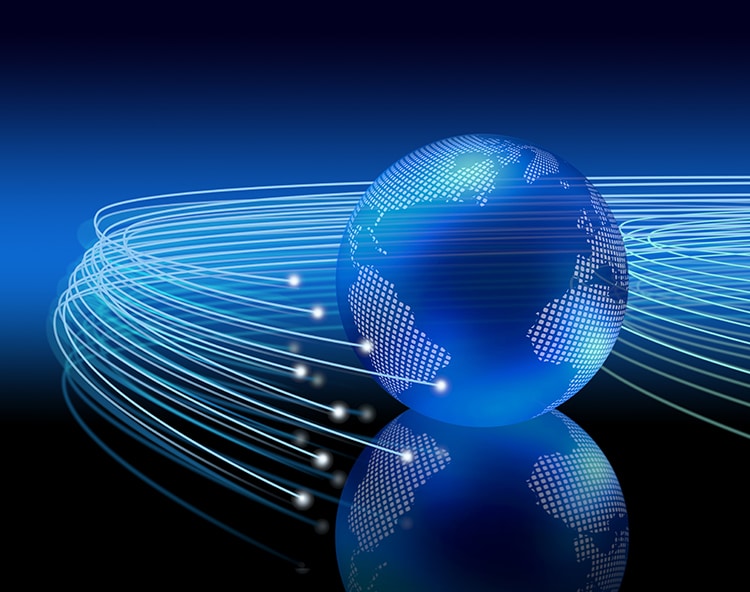As technology advances rapidly, the way we transfer and receive information is also evolving. One major advancement in recent years has been the increasing use of Fiber Optic Technology for data transmission.
Unlike traditional copper wiring, Fiber Optic Technology uses light to transfer data, making it faster, more reliable, and more secure.
So, go now to explore how Fiber Optic Technology is changing how we transmit data in various industries and why it's becoming the preferred method for many applications!
Improving Internet Connectivity
Fiber Optic Technology is paving the way for high-speed internet connections. With traditional copper wiring, the signal weakens as it travels along the wire, causing slower internet speeds and poor connectivity in remote areas.
Using Fiber Optic Technology, the data travels through a fiber-optic cable as light, making it faster and more reliable, even in places with low population density.
The use of Fiber Optic Technology in internet connectivity is not just limited to homes and businesses, but it's also proving to be a game-changer for 5G networks.
5G networks can deliver internet speeds up to 100 times faster than 4G, making it possible to use advanced technologies such as Virtual Reality, Augmented Reality, and self-driving cars.
Enhancing the Medical Industry
Fiber Optic Technology can also revolutionize the medical industry in various ways. For example, the technology allows high-tech medical devices to transmit data more efficiently and securely.
From tiny cameras for exploring the human body to robotic surgical instruments, using Fiber Optic Technology can lead to better diagnosis, treatment, and patient outcomes.
Additionally, the technology is being used for remote patient monitoring, allowing doctors to monitor their patient's health in real time from remote locations, especially in rural areas.
Transforming the Entertainment Industry
Fiber Optic Technology has also transformed the entertainment industry. With the ability to transfer large amounts of data, streaming high-quality video content to multiple devices in high definition without any buffering is now possible.
It's also leading to the rise of cloud gaming platforms allowing players to stream their games from remote servers, improving accessibility and affordability.
Additionally, using Fiber Optic Technology for live events broadcasting enables real-time interaction and engagement between performers and the audience, creating an immersive entertainment experience that would have been impossible with traditional technology.
Upgrading Business Communication
Businesses are also now adopting Fiber Optic Technology for their communication needs. With the ability to transfer large amounts of data without delay, meetings and video conferences can be held smoothly without interruptions, enhancing business collaboration and communication.
Fiber Optic Technology is also secure, making it ideal for transmitting sensitive data, such as financial information or classified documents. A fiber link also offers businesses greater redundancy and continuity, ensuring their business never goes down.
Improving Overall Security
Finally, Fiber Optic Technology has also changed security protocols, making it harder to hack or intercept data. Unlike traditional copper wiring,
Fiber Optic Technology uses light to transmit data, which cannot be intercepted without breaking the fiber-optic cable. This makes the technology highly secure for businesses and government organizations that need to transmit sensitive or confidential data.
Conclusion
Fiber Optic Technology is revolutionizing data transmission, making it faster, more reliable, and more secure. With the growing demand for high-speed Internet solutions and the adoption of cloud computing and the Internet of Things, Fiber Optic Technology is becoming the go-to choice for transmitting data. Fiber Optic Technology is the way forward as technology continues to evolve.


